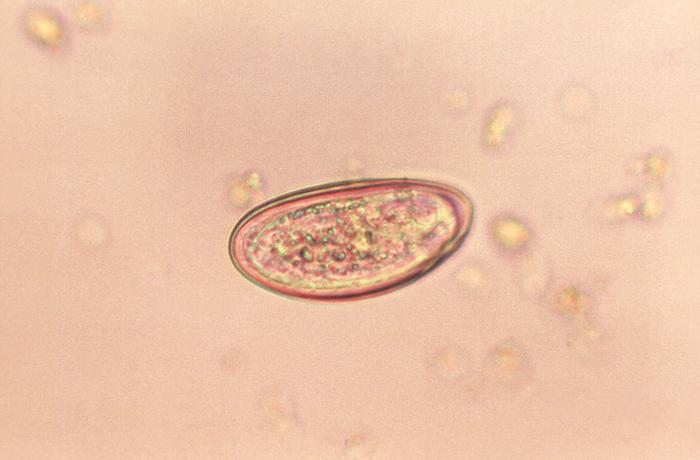A Facebook post concerning an outbreak at Fort Knox has prompted Army officials to respond. The outbreak being talked about on the social media site is due to Enterobius vermicularis, or more commonly known as the pinworm.

The site, U.S Army W.T.F! moments put up the post August 16 and in portion it stated: A week ago the command was notified a week ago when diagnosis of pinworms were relayed by medical professionals. Some of the troops were sent to barracks under quarantine with orders to begin sanitizing operations. Other troops were not so lucky.
One commenter noted on Tuesday, We heard today at around 1345 that there were 200+ confirmed cases to include Indiana and fort Knox.
The post includes what looks like a stock photo of feces with tiny worms in it.
This prompted the Army to respond to the post saying the claims of pinworm are incorrect: U.S. Army Fort Knox At this time there have been no confirmed cases of pinworm on the installation. Diagnoses require microscopic examination, which was not performed initially in the field, and all samples presented to Ireland Army Community Hospital have been negative. The “worms” found in the stool of the Soldiers in question have been identified by the IRACH lab as fly larvae, though the source was unknown. This is a self-limiting condition that requires no actual treatment.
Pinworm is the most common worm infection in North America with up to 50% of some groups of school aged children getting infected. It is estimated that there are 500 million infections worldwide and 40 million at any one time in the U.S.
Pinworm, or Enterobius vermicularis, is a small intestinal roundworm about the size of a staple. The female adult worms leave the anus in the middle of the night while the person is sleeping to deposit her eggs around the skin of the perianal region.
The eggs become infectious within a couple of hours after being deposited and can survive for about 2 weeks outside the host.
Many people may be asymptomatic. In others there may be rectal itching and eczema, disturbed sleep, irritability, and secondary bacterial infection of scratched skin. Rarely worms are known to migrate into other areas like the vagina in young girls. Pinworms should be suspected in young girls with persistent vulvovaginitis.
The mode of infection with pinworm is through transfer of infective eggs by hand to mouth, frequently after scratching the perianal region and indirectly through clothing, bedding, food and other articles contaminated with eggs. Eggs get dispersed around the house, especially in the bedroom.
Pinworm infection is most common in school aged children, followed by preschoolers and is lowest in adults except for mothers of infected children. Whole families can get infected with this worm.
This infection is easily diagnosed by applying scotch-tape or a pinworm paddle to the perianal area and examining this microscopically for characteristic eggs. Specimen should be collected early morning before bathing or the passage of stools. Eggs are rarely found in stool samples.
In children over age two years, treatment usually includes either mebendazole (Vermox) or Pin-X (pyrantel pamoate), an over-the-counter alternative to Vermox that is available as a liquid.
Related:
- Texas Cyclospora cases up to 88
- Miami travel linked to Taiwan imported Zika case
- Herpes: The relationship between time of day and infections examined in research

